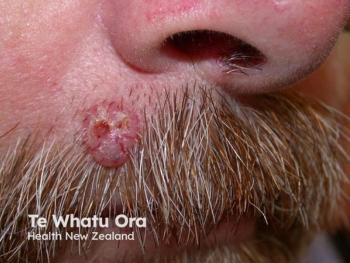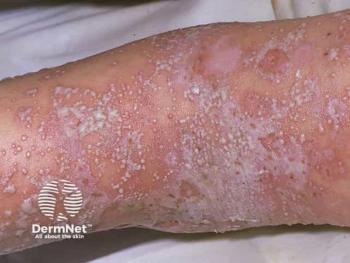
At-Home Facial Massage Methods Clinically Proven to Improve Skin Elasticity, Tone, and Contour
A new comparative study evaluated positive outcomes from patient use of a gua sha versus a facial roller over 8 weeks of treatment.
A novel comparative study evaluated the results of facial roller and gua sha massage to determine which tool better improves facial contour, muscle tone, and skin elasticity.1 Facial roller massage promotes increased blood flow and lymphatic drainage while gua sha massage increases microcirculation and reduces muscle tension. Both methods have become increasingly popular in recent years for at-home skin health enhancement.2 Even with the widespread clinical and aesthetic use, prior literature has not compared the 2 techniques.
The randomized controlled trial included 34 female patients between the ages of 20 and 50 who were recruited from Seoul and Gyeonggi-do regions between April and July 2024. Each was randomly assigned to use either a facial roller or gua sha (n = 17 in each group). Each patient received comprehensive, hands-on training to ensure each tool was used properly with the correct pressure and movements. Facial oil was applied for each massage to aid in massage.
These 10-minute sessions were conducted 5 times per week, which should have equaled about 40 sessions. During the 8 weeks, participants were asked to maintain their existing skincare routines without adding any new treatments or products. Investigators measured facial surface distances, muscle tone, tissue properties, and skin elasticity with three-dimensional scanning and biomechanical assessments like the Cutometer MPA 580 and MyotonPRO.
Both groups showed improvements in facial contour (p < 0.001) with all 4 facial surface distances decreasing from baseline. Facial contour reduced from 2.23 to 2.40 mm in the gua sha group and from 2.75 to 3.26 mm in the facial roller group. These changes are inferred to produce long-term improvements in nasolabial fold appearance and jawline definition that both patients and clinicians can notice.
Regarding muscle tone, the most significant reductions were seen in the gua sha cohort (F: −2.02 Hz, p < 0.001; S: −56.46 N/m, p = 0.002). Oscillation frequency and dynamic stiffness were both reduced. Those who used the facial roller did not observe these changes. However, the facial roller group observed greater improvements in the elasticity of the skin. Both gross elasticity (−0.05; 95% CI: −0.06–0.03; p < 0.001) and biological elasticity (−0.03; 95% CI: −0.04–0.02; p < 0.001) significantly improved by 8.6% and 7.5%, respectively. These changes were not noted in the gua sha group.
“The consistency between our findings and previous research strengthens the validity of our results and suggests a reliable therapeutic effect. Moreover, the magnitude of change in our study exceeded some previously reported outcomes, possibly due to our longer intervention period and standardized application protocol,” the authors wrote.
When compared to other methods for skin tightening, such as energy-based devices and high-intensity focused ultrasound, gua sha and facial roller massage offer more immediate results, although not as dramatic. Additionally, these techniques are non-invasive with no downtime and no risk of adverse events, including burning, bruising, dysesthesia, and lipoatrophy.3 Overall, they can be a valuable treatment option on their own or when added to more sophisticated regimens.
Future research can conduct longer follow-up periods with more diverse patients to determine the impact of these aesthetic results past the 8-week mark. Before-and-after clinical images to use for comparison would also offer a more visual representation of the therapy outcomes. The authors also expressed that adding a third group that uses both gua sha and facial roller massage would be interesting to explore potential synergistic effects.
“Understanding these differential effects is crucial for practitioners to make evidence-based recommendations for specific facial contouring goals and to optimize treatment outcomes for different patient needs,” the researchers wrote. “These findings support targeted treatment selection based on specific therapeutic goals in facial aesthetic practice.”
References
1. Ahn SH, Hwang UJ, Han HS, et al. Comparative Effects of Facial Roller and Gua Sha Massage on Facial Contour, Muscle Tone, and Skin Elasticity: Randomized Controlled Trial. J Cosmet Dermatol. 2025;24(6):e70236. doi:10.1111/jocd.70236
2. Hamp A, Anderson J, Laughter MR, et al. Gua-sha, Jade Roller, and Facial Massage: Are there benefits within dermatology?. J Cosmet Dermatol. 2023;22(2):700-703. doi:10.1111/jocd.15421
3. Jia X, Feng Y. Energy-Based Skin Rejuvenation: A Review of Mechanisms and Thermal Effects. J Cosmet Dermatol. 2025;24(2):e16657. doi:10.1111/jocd.16657
Newsletter
Like what you’re reading? Subscribe to Dermatology Times for weekly updates on therapies, innovations, and real-world practice tips.


















